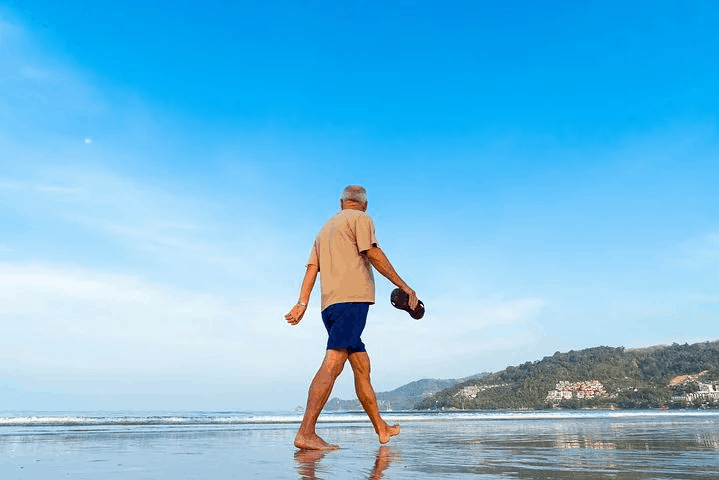As people age, certain things begin to change within their bodies. This is completely normal and shouldn’t be cause for concern. Needs and abilities change at all stages of life—entering your elder years is no different. Check out these common issues as you age to learn about proper management and adjusting to the new normal.
Fall injuries
When people are young, they can fall and get right back up again without a ton of lasting damage. With the older population, however, even a minor fall takes a bit longer to recover from and can lead to more serious bodily damage than young people may experience. As people age, they tend to become higher fall risks due to a bunch of different factors, including loss of balance, dizziness, trouble walking, less muscle strength, and more. To avoid these issues, be careful when walking and don’t try to walk on rough terrain without assistance—even if this step feels like overkill, it’s always better to be safe than sorry.
Incontinence
Incontinence is another issue that tends to disproportionately affect older adults. This is a very common issue people face as they age, and it tends to affect women more than men. Incontinence is one of the more cumbersome issues elders face, as it can greatly affect day-to-day life and regular activities. One way to cope is by talking to a doctor about the issues and wearing padded underwear to help stop leakage. This, while it won’t fix the problem entirely, can help people get back to their normal activities without worrying about emergency bathroom breaks.
Weight gain
During the life changes that come with aging, most older adults experience weight gain. This is partially due to a change in lifestyle. As people age, they typically tend to become more sedentary. Weight gain is also due to an increase in the breakdown of muscle and an increase in how much exercise it takes to burn calories. This often leads to rapid weight gain, regardless of if the person is just as active as they were when they were younger. To slow this weight gain, older adults can adjust their diets to their body’s new needs and increase their exercise with more low-impact actives to burn calories and help maintain muscles without straining themselves.






